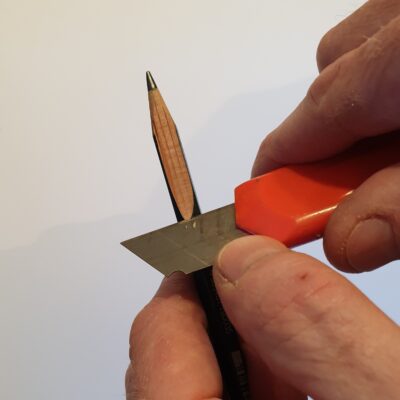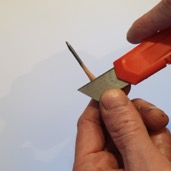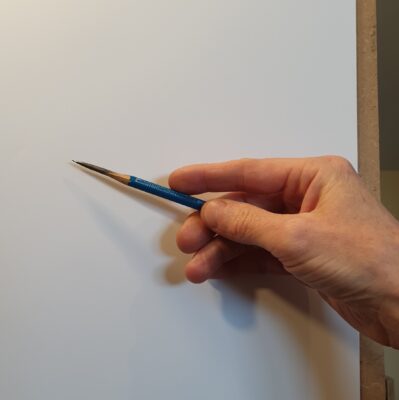Preparation is Key to Success
Starting your drawing project with the right set-up and correctly prepared drawing tools is essential if you want to produce good work.
In the following article, I cover some of these preparatory steps such as choosing the right drawing surface and easel set-up, and sharpening your pencils correctly, which tends segues into how you hold the pencil and consequently, how you draw and the quality of your lines and tones.











